After a decade of cautious experimentation, France’s medical cannabis program has treated over 3,200 patients and shown strong safety, efficacy, and public support. But with fragile supply chains, high dropout rates, and policy delays, the country now faces a choice: align policy, production, and access to build a sustainable, sovereign industry — or risk falling behind.
Table of Contents
Over the past decade, France has approached medical cannabis slowly — almost reluctantly, while its neighbours built structured markets. Where others embraced access, France insisted on scientific oversight through a five-year pilot program. Now, with more than 3,200 patients treated and the pilot nearing its end, France faces a clear choice: move decisively toward full integration or risk stagnation.
Patient Growth, Market Potential, and Supply Challenges
Patients in the French Experimentation

Patient Outcomes in the French Experimentation

Since the pilot launched in 2021, over 3,200 patients with severe conditions have accessed cannabis-based treatments through a centralised system monitored by ReCann. Results have been encouraging: a strong safety profile, meaningful efficacy for many, and steady engagement. But by early 2025, the number of active patients had dropped to around 1,800, as nearly half exited — citing lack of efficacy, adverse effects, or other reasons.
The ReCann registry ensured transparency but did not solve retention or long-term engagement. This decline reflects systemic frictions: inconsistent supply, bureaucratic hurdles, and insufficient therapeutic support. France succeeded in creating demand but neglected the supply chain. The programme depended entirely on donations from foreign suppliers, and when these stopped in 2023, stockouts exposed the system’s vulnerability.
France has the pharmaceutical expertise, agricultural capacity, and public support to produce domestically, but lacks political coherence. In 2025, two regulatory decrees defining product standards and supply rules were submitted to the EU via the TRIS process. If cleared, they could unlock limited legal access by summer. Yet political delays — including the 2024 parliamentary dissolution — have left implementation uncertain.
Recommendations from the État de l’industrie du cannabis médical en France and Augur Associates include supporting licensed domestic producers, encouraging GMP-standard cultivation and manufacturing, and embedding medical cannabis into the national industrial strategy. If implemented, these measures could stabilise access, reduce dependency, create jobs, and establish medical cannabis as a legitimate public health sector.
Healthcare, Indications, and Key Enablers of Market Development
Therapeutically, neuropathic pain dominates prescriptions, accounting for around 60% of use. Other approved indications such as epilepsy, multiple sclerosis, palliative care, and cancer remain underutilised, while conditions with growing evidence — like endometriosis and PTSD — are excluded. Broader access depends not just on medical approval but also on reimbursement. Without positive cost-effectiveness assessments from HAS, cannabis-based medicines risk exclusion from public coverage, undermining equity.
Professional engagement remains uneven and a barrier to scalability. Of around 2,300 trained professionals, only 213 are general practitioners compared to 531 hospital specialists and 999 pharmacists. This imbalance has prevented integration into primary care, where GPs are crucial for widespread, community-level access. Encouragingly, nearly 1,000 pharmacists have joined the programme, and community pharmacies have emerged as key access points, with their share of dispensations rising from just 5% in 2023 to 53% in 2025.
Still, prescribers need clearer guidelines, better clinical training, and digital tools to prescribe and monitor confidently. France must expand training and provide clinical reference materials if it wants prescribers to embrace cannabis as a serious therapeutic option. A decentralised, multidisciplinary model — linking GPs, specialists, and pharmacists — will be essential to scale access fairly and sustainably.
The programme has generated invaluable real-world data. Patients have shown interest. Practitioners have engaged. Civil society continues to push forward, with patient groups such as NORML France and UFCM-Icare advocating for fair access, transparency, and domestic production. Yet political leadership still lags. As Augur Associates notes, the next phase must be bold, strategic, and inclusive. France has the tools — scientific expertise, trained professionals, a regulated framework, and a public health system capable of delivering. What it needs now is alignment.
Trained Professionals in the French Experimentation

Patients by Primary Disease

Conclusion: it's France’s Moment to Lead
France has all the ingredients to lead: a solid scientific foundation, engaged stakeholders, public support, and a clear roadmap to build a sovereign, scalable, and equitable medical cannabis sector. Yet it risks squandering this momentum through political inertia and fragmented priorities.
2026 does not just present an opportunity — it demands a choice: remain dependent and hesitant, or assert itself as Europe’s most ambitious and coherent medical cannabis leader. France’s sleeping giant has stirred; now it must stand up — and lead.



